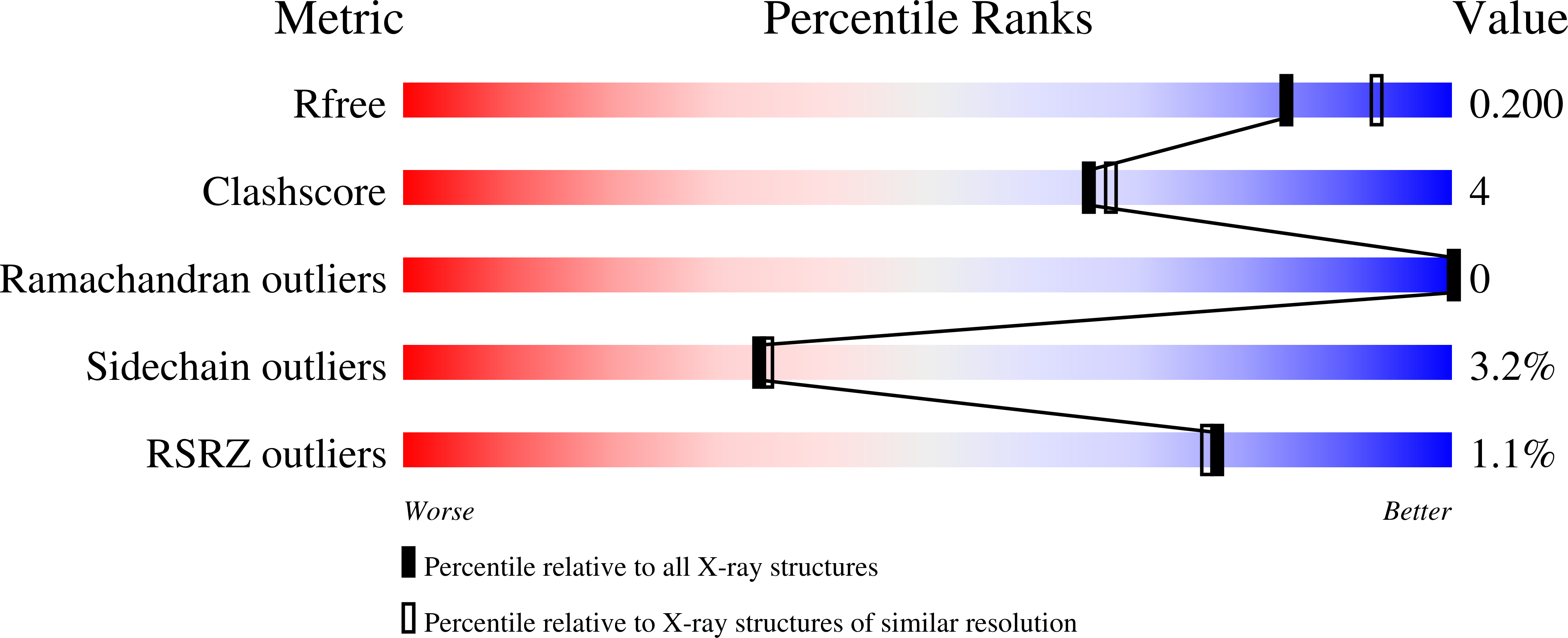
Deposition Date
2024-06-30
Release Date
2024-11-27
Last Version Date
2025-04-09
Entry Detail
PDB ID:
9CGS
Keywords:
Title:
Structure of human MAIT A-F7 TCR in complex with human MR1-Pyridoxal-5'-phosphate
Biological Source:
Source Organism:
Homo sapiens (Taxon ID: 9606)
Host Organism:
Method Details:
Experimental Method:
Resolution:
2.00 Å
R-Value Free:
0.20
R-Value Work:
0.17
R-Value Observed:
0.17
Space Group:
C 1 2 1


